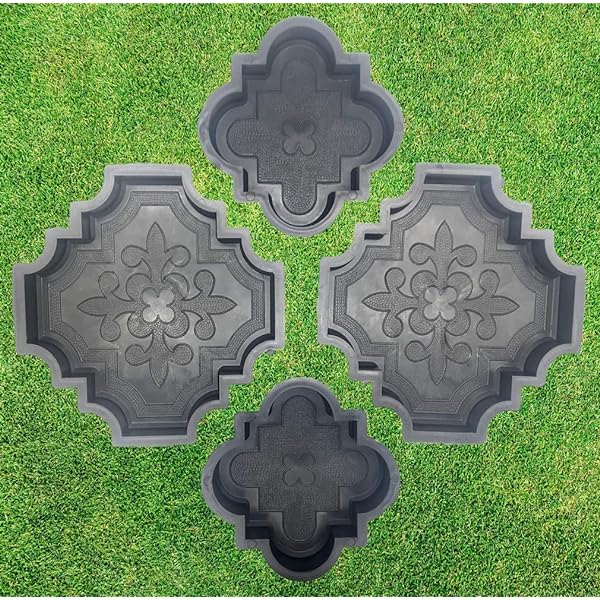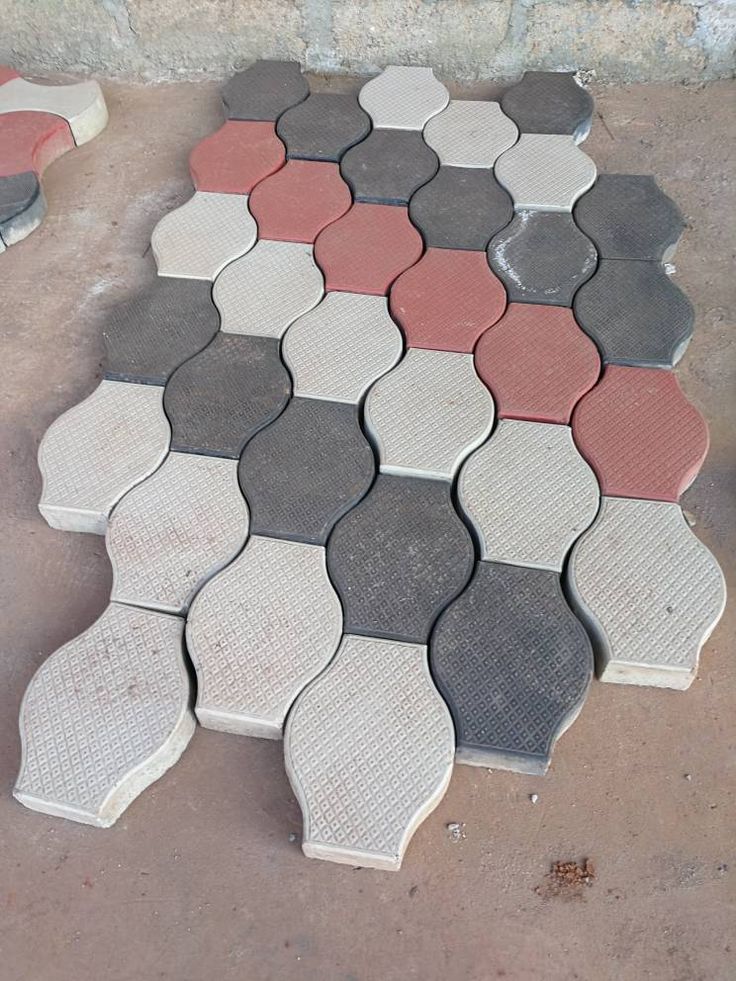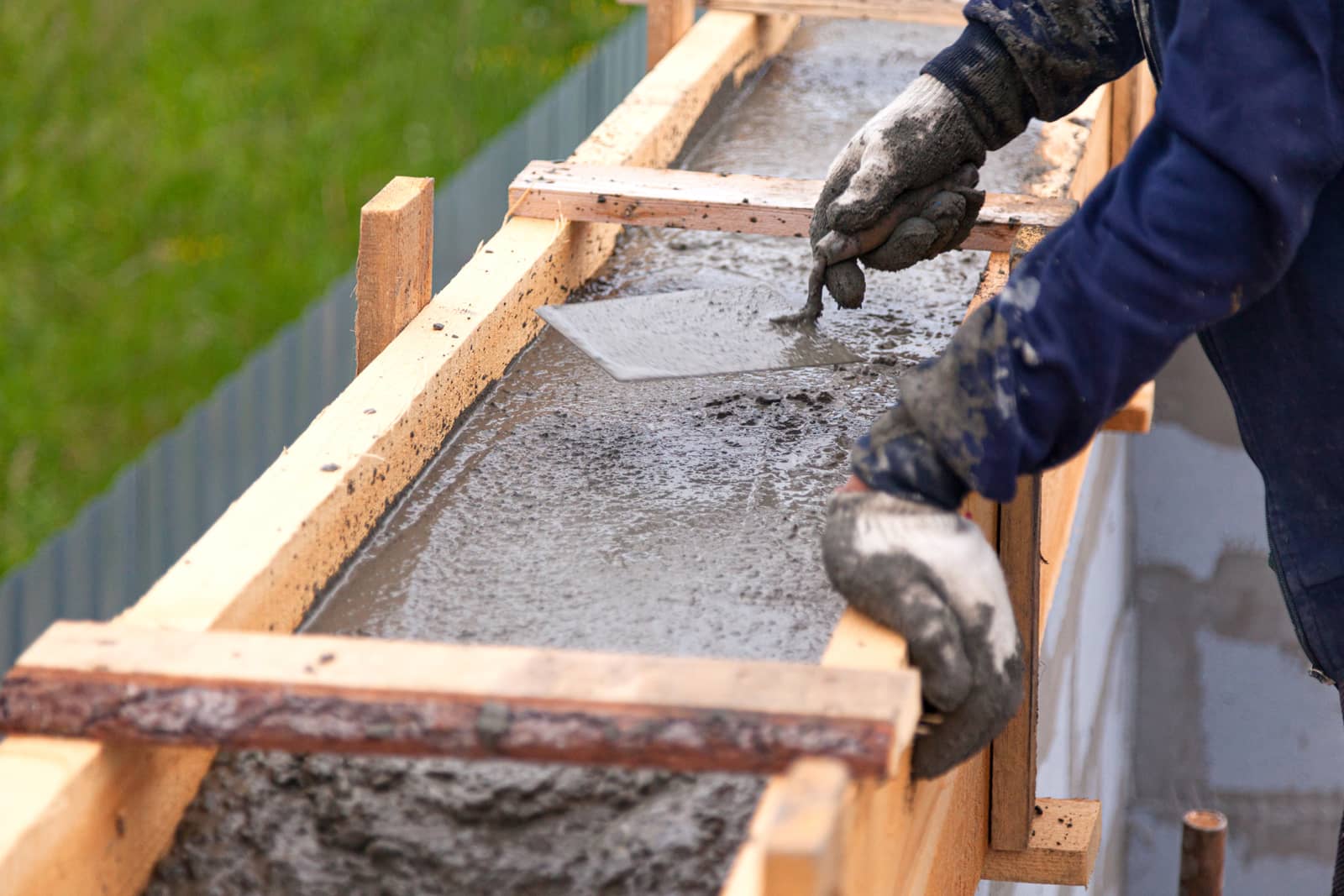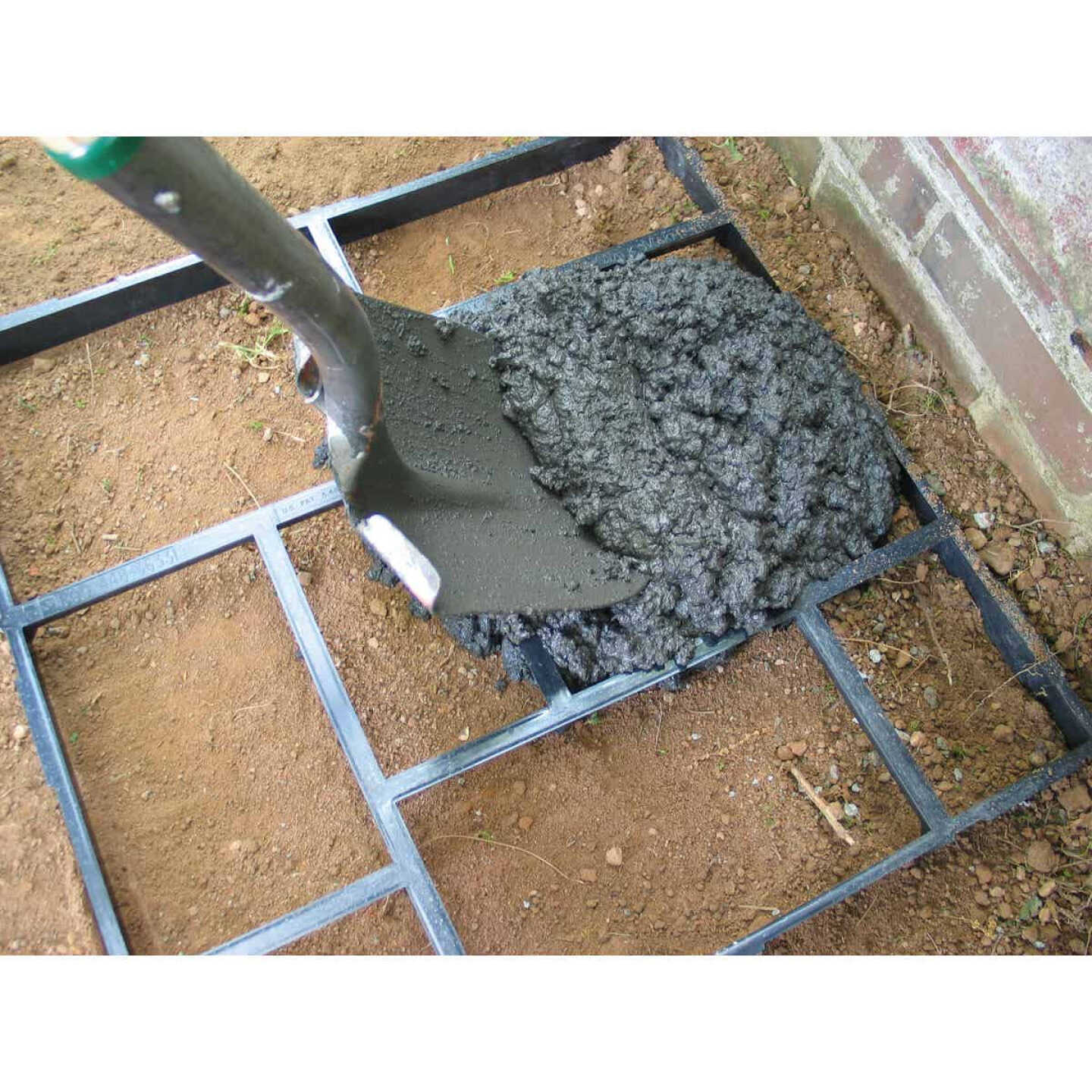
I. Introduction
A. The Allure of Paving Molds: Enhancing Your Outdoor Spaces
The allure of outdoor spaces lies in their ability to extend our living areas, creating tranquil havens where we can relax, entertain, and connect with nature. Paving stones, those versatile elements that transform ordinary pathways and patios into visually appealing and functional areas, have long been a popular choice for homeowners seeking to enhance their outdoor spaces. With their wide range of colors, shapes, textures, and patterns, paving stones can complement any architectural style and seamlessly integrate into any landscaping design.
Whether you envision classic brickwork, intricate cobblestone patterns, or modern geometric designs, paving stones offer endless possibilities for creating unique and personalized outdoor spaces. Their inherent strength and resilience ensure that these hardscaping elements can withstand heavy foot traffic, harsh weather conditions, and the wear and tear of time, providing lasting beauty and functionality for years to come.
In recent years, paving stone molds have emerged as a popular and cost-effective alternative to traditional paving stones. These ingenious tools empower DIY enthusiasts to create their own custom paving stones, offering a multitude of advantages:
-
Affordability:
-
Paving stone molds are significantly more affordable than purchasing pre-made paving stones, allowing you to save money on your landscaping project without compromising on quality or style.
-
Versatility:
-
Paving stone molds come in a vast array of shapes, sizes, and patterns, giving you the freedom to create unique and customized designs that perfectly match your desired aesthetic and landscaping vision. Whether you prefer the timeless elegance of classic brickwork, the natural charm of cobblestone patterns, or the contemporary appeal of geometric designs, there’s a mold to suit your taste.
-
Durability:
-
Concrete, the primary material used with paving stone molds, is renowned for its strength and resilience. This ensures that your DIY paving stones can withstand heavy foot traffic, harsh weather conditions, and the wear and tear of time, providing long-lasting beauty and functionality for your outdoor spaces.
-
Easy Installation:
-
Moreover, the DIY nature of paving stone molds makes them simple to install, even for those with limited experience in home improvement projects. With careful preparation, the right tools, and a bit of patience, you can transform your outdoor spaces with beautiful and durable paving stones without the need for professional assistance.

B. Unveiling the Factors to Consider: Choosing the Right Paving Mold Material
As you embark on your paving stone mold adventure, selecting the right material is crucial for ensuring the success and longevity of your DIY creations. The choice of material will significantly impact the durability, appearance, and overall performance of your paving stones. Here are the key factors to consider when making your decision:
-
Durability: The material should be able to withstand heavy foot traffic, harsh weather conditions, and the wear and tear of time. If you envision your paving stones adorning high-traffic areas like walkways, patios, or driveways, prioritize durability.
-
Appearance: The material should complement the overall style and aesthetic of your outdoor space. Consider the desired color, texture, and finish when selecting the material. Whether you seek the classic elegance of concrete, the versatility of resin, or the lightweight appeal of gypsum, choose a material that harmonizes with your landscaping vision.
-
Ease of Use: If you are a DIY enthusiast with limited experience in concrete work, consider the ease of mixing, pouring, and releasing the material from the molds. Some materials, like gypsum, offer a quicker and simpler process, while others, like concrete, may require more experience and technique.
-
Cost-Effectiveness: Evaluate the cost of the material and the overall project scope. For large-scale projects, concrete may be a more cost-effective option, while resin or gypsum can be suitable for smaller projects or those with tighter budgets.

II. Exploring the Top Contenders: Popular Paving Mold Materials
With a multitude of paving mold materials available, each with its unique properties and characteristics, selecting the right one can be a daunting task. Here’s a closer look at three of the most popular contenders:
A. Concrete: The Classic and Versatile Choice
Concrete, a stalwart in the construction industry, has long been a favorite material for paving stone molds. Moreover, its renowned strength and resilience make it an ideal choice for high-traffic areas, ensuring that your paving stones can withstand the rigors of daily use. Additionally, concrete’s versatility extends to its appearance, as it can be stained or painted to achieve a wide range of colors and finishes, from classic brickwork to contemporary designs.
Moreover, concrete is relatively easy to mix and pour, with a wide range of pre-mixed options available, making it a user-friendly choice for DIY enthusiasts. And when it comes to cost-effectiveness, concrete stands out as an affordable option, particularly for large-scale projects.
B. Resin: A Lightweight and Versatile Alternative
For those seeking a lighter alternative to concrete, resin offers a compelling choice. While generally less durable than concrete, resin can still withstand moderate foot traffic, making it suitable for walkways, garden paths, or decorative accents. The true allure of resin lies in its versatility. It comes in a vast array of colors, including vibrant hues and metallic finishes, that can add a touch of personality and elegance to your outdoor space. Additionally, resin offers translucent options that can create a unique and modern aesthetic.
Resin boasts a user-friendly nature as well. It’s typically easier to mix and pour compared to concrete, with a shorter curing time. This quicker turnaround can be advantageous for DIY enthusiasts who want to complete their project faster. However, it’s important to note that resin can be more expensive than concrete. While the initial cost may be higher, the ease of use and faster curing time may offset the price difference for some projects.
C. Gypsum: A Quick-Setting and Lightweight Option
If you’re looking for a quick and easy solution for smaller projects or indoor applications, gypsum presents itself as a viable option. This lightweight material offers a smooth and polished finish, making it ideal for creating decorative elements like stepping stones or indoor coasters. However, its lower durability compared to concrete or resin makes it unsuitable for high-traffic areas.
Gypsum shines in terms of ease of use. It’s incredibly easy to mix and pour, with a rapid curing time that allows you to demold your creations quickly. Additionally, gypsum is a cost-effective material, making it a budget-friendly choice for small projects.

III. Making the Right Choice: Selecting the Ideal Material for Your Project
Now that you’ve explored the top contenders, it’s time to delve into selecting the ideal material for your specific paving stone mold project. Here are some key considerations to guide you:
A. Considering the Intended Use: Matching Material to Purpose
The intended use of your paving stones should be the primary factor influencing your material choice. Here’s a breakdown to help you decide:
-
High-Traffic Areas: For walkways, patios, and driveways that experience frequent foot traffic or vehicle use, prioritize durability. Opt for concrete or a high-strength resin to ensure your paving stones can withstand the wear and tear.
-
Decorative Accents: For garden paths, stepping stones, or indoor applications where aesthetics reign supreme, you have more flexibility. Gypsum or resin can be suitable options, offering a wider range of colors and finishes for a decorative touch.
-
Aesthetic Preferences: Consider the desired color, texture, and finish when selecting the material. Do you envision the classic look of concrete, the vibrant possibilities of resin, or the smooth finish of gypsum? Choose a material that complements your overall aesthetic vision.
B. Evaluating Ease of Use and Cost-Effectiveness
Beyond the intended use, consider your DIY experience and project scope:
-
DIY Experience: If you are a beginner, prioritize ease of use. Opt for materials like gypsum or resin that offer simpler mixing, pouring, and release processes.
-
Project Scope: For large-scale projects, concrete may be the most cost-effective option. However, for smaller projects or those on a tighter budget, resin or gypsum can be suitable alternatives.

IV. Paving the Way for Success with the Right Material Choice
By carefully considering the factors discussed above, you can make an informed decision about the best material for your paving mold project. The right material choice ensures the durability, appearance, and overall success of your DIY creations. With a solid foundation of knowledge and the perfect material in hand, you’re well on your way to transforming your outdoor spaces into beautiful and functional areas that reflect your unique style and enhance the aesthetic of your property. So, unleash your creativity, gather the necessary tools and materials, and embark on your paving stone adventure. Remember, the perfect material awaits, ready to help you pave the way for a more enjoyable and visually stunning outdoor space.